Top 4 Upgrading Tips For Limestone Crushing Plant In Lime Preparation
There are many aspects to consider for using lime kiln (rotary and vertical) to calcine active lime, in which the limestone selection is the key to obtaining qualified quick lime product in the limestone preparation process. To Make it easy to understand, AGICO has summed up 4 essential tips to improve lime material purity in limestone crushing plant. The second is the calcination equipment and calcination method according to limestone conditions.
4 Tips in Limestone Preparation Process
1.Limestone Types – Raw Material Selection

Chalk Coquina, Travertine, Fossiliferous Limestone, Oolitic Limestone, Tufa, Lithographic Limestone, Crystalline Limestone
Limestone TypesIn quicklime production, the raw materials used to produce active lime are mainly carbonate rocks, which is what we usually call limestone. There are many types of limestone, the most common types are: granular crystalline limestone, dense limestone, porous limestone, earthy limestone, marly limestone, chalk, dolomite, shell-limestone river pebbles, etc.
Limestone Physical and Chemical Indicators - Limestone Purity Requirement

Among the main chemical components of active lime, CaO content is required to be high, generally reaching more than 90%. At the same time, the content of impurities such as S (sulfur) and P (phosphorus) is required to be as low as possible. Therefore, there are specific requirements for the limestone.
In the selection of limestones, the CaO content shall at least be greater than 54%, and low impurity content, such as SiO2 (silicon dioxide), S (sulfur), P (phosphorus), MgO (magnesium oxide), Fe2O3 (ferric oxide), Al2O3 (aluminum oxide) is often used as the raw material for calcining active lime.
To meet the requirements of the properties of quicklime products, the main raw materials for producing metallurgical lime or active lime have long been dense limestone or called ordinary limestone. The dense limestone has a unique advantage for its dense and fine-grained crystal structure and low hardness, making it suitable for calcining active lime.
2.Limestone Crushing and Grinding
Particle Size Can Affect Calcination Speed
Limestone shall be crushed and ground into small particles before the calcination, to produce quicklime is achieved by heating to remove CO2 in quick lime. Since the separation of CO2 is carried out slowly from the surface of limestone to its interior, if the limestone particles are too large, the heat transfer decomposition process will be slowed, and the calcination temperature needs to be higher to generate a higher reaction pressure.
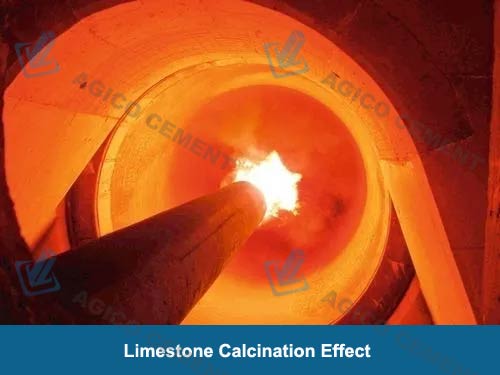
The selection of limestone particle size has a great impact on lime calcination. Due to the porous and poor heat transfer properties of the naturally generated limestone layer, when the temperature reaches 1250-1350℃, the surface of the limestone will be overburned, shrink and crack, making it impossible to fully calcinate. At the same time, high temperatures can also increase the slag rate of impurities. From the perspective of calcining equipment, the calcining system structure of the rotary kiln, especially the vertical preheater, is determined according to the selected limestone particle size. Its basic contents include the influence of material stacking state, moving speed, cold and hot expansion effect on air permeability, heat transfer, heating efficiency, decomposition rate, production capacity and the final calcination result of lime.
Lime Calcination for Steel Plant
From the perspective of lime application, when lime is used as a slag-forming agent in converter steelmaking, the smelting of steel has time requirements within a certain temperature range. This also determines that time is limited when lime reacts with molten steel and completes slag formation.
In short, the requirement for limestone particle size shall consider the following aspects:
- User's needs for lime product particle size,
- The molding rate and availability of the limestone mining process.
- Maintain long-term usability.
3. Impurities Treatment of Limestone - Washing and Screening
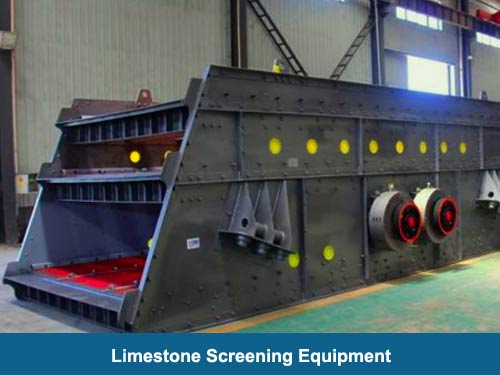
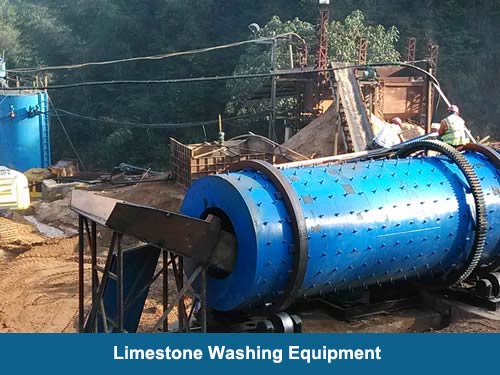
The raw material used to produce active lime is natural mineral - limestone. The melting point of pure CaCO3 is 1339℃. Quicklime is composed of CaO as the main component with other substances, and the melting point of pure CaO is 2550℃. However, limestone is not a pure substance, and its internal structure contains various impurities. To produce active lime and high-quality quicklime, the impurities shall be removed by washing and screening process.
The most common impurities in limestone are: SiO2, Al2O3, Fe2O3, MgCO3, S, P, Na2O and K2O.
When lime is used in steel-making, the impurity requirements focus on the low content of S and P impurities. In the alkali industry, the impurity requirements for lime are Mn (manganese), Cr (chromium), Ba (barium), As (arsenic) and other heavy metal indicators.
Any type of limestone material contains different types and levels of impurities. The sources of these impurities are classified as follows:
- Exist in limestone.
- Adheres to the surface of limestone.
In limestone, the harmful impurities that can affect the calcination process are mainly: SiO2, Al2O3, Fe2O3, Na2O, K2O, etc. These elements can react with CaO at a relatively low temperature (around 900°C), causing the fusion and shrinking of CaO particles, making the grains coarse, and finally increasing the slag rate. They are one of the important factors that cause the formation of rings and nodules in the limestone during the calcination process.
4.Limestone Quality Testing
The quality of limestone greatly affects the final burning quality of active lime. Therefore, it is very important to inspect and analyze in advance. The main inspection methods are chemical analysis test and full analysis test.
The full analysis test includes testing the following contents: CaO, Cag, caustic soda, S, P, SiO2, Al2O3, Fe2O3, Na2O, K2O and other indicators.
In addition, other ways to inspect the quality of limestone include wear test, crystal structure observation test, calcination test, etc.
Other Test Methods for Physical PropertyAt the same time, the selection of limestone particle size ratio, mineral structure, hardness, wear resistance and other physical properties are also important factors in raw material selection.
Limestone ColorsFrom the appearance of limestone, there are many colors of limestone. Common colors include gray, gray-black, gray-white, and red. In general, limestone with excellent physical and chemical properties is usually considered to be mainly gray-black in appearance. However, in essence, the calcium content in limestone has no fundamental connection with its appearance and color.
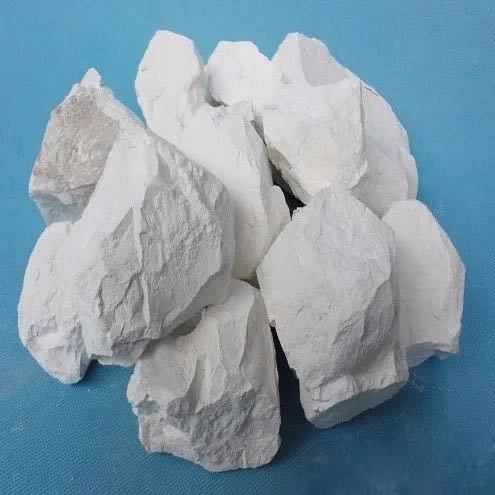
How Washing Process Can Improve Limestone Purity
After the raw materials are mined or before they are put into the kiln for calcination, they are usually washed with water to ensure the cleanliness of the limestone surface and reduce the presence of impurities.Multipal Impurities: The soil wrapped around the limestone surface often contains SiO2, potassium, sodium oxides and other impurities. SiO2 is harmful to both the quality of lime in the calcining process and stable operation.
Avoid Ring Formation: Although the content of potassium and sodium oxides contained in limestone impurities is very small (<1%), their oxides or other compounds have extremely low melting points, which is one of the reasons for the formation of rings in the kiln.
The moisture content in limestone has little effect on the final calcination result of lime. The purpose of controlling moisture is to stabilize thermal efficiency. Especially in the preheater, it can help to prevent the material from sticking together due to fluffy materials.
Limestone with proper particle size can be obtained by screening after the washing process. All of these are to calcine qualified active lime and facilitate the calcination operation.
Limestone Physical and Chemical Indicators
According to the needs of active lime products and calcination, there are basic requirements for the limestone selection. The physical properties and chemical components are classified into the following requirements:
| Index Level | Chemical Composition % | |||||||
|---|---|---|---|---|---|---|---|---|
| CaO | SiO₂ | MgO | Al₂O₃ | Fe₂O₃ | S | P | Caustic Soda | |
| Level 1 | ≥54 | ≤1.0 | ≤0.7 | ≤0.2 | ≤0.1 | ≤0.025 | Trace | ≥43 |
| Level 2 | ≥53.5 | ≤1.5 | ≤0.8 | ≤0.035 | Trace | ≥42.5 | ||
| Ordinary | ≥53 | ≤2.0 | ≤2.0 | ≤0.20 | ≥42 | |||
| Parameter | Required Value | Actual Value |
|---|---|---|
| Granularity |
20 — 50mm ≤ 20mm and ≥ 50mm both ≯ 10% |
≤ 20mm: 9.8% ≥ 50mm: 6.2% 20 — 50mm: 84% |
| Water (Before entering the kiln) | < 4% | Not specified |
| Impurities | < 1% | Not specified |


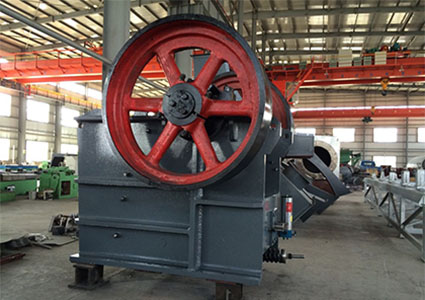 Jaw Crusher
Jaw Crusher Hammer Crusher
Hammer Crusher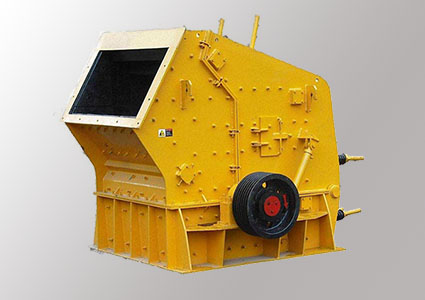 Impact Crusher
Impact Crusher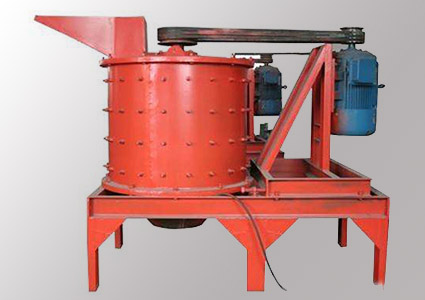 Vertical Shaft Crusher
Vertical Shaft Crusher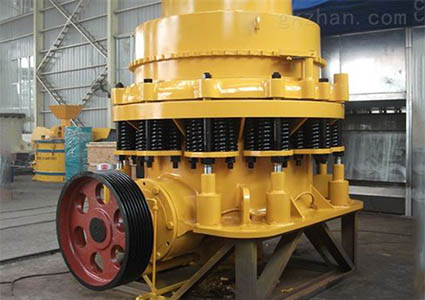 Cone Crusher
Cone Crusher